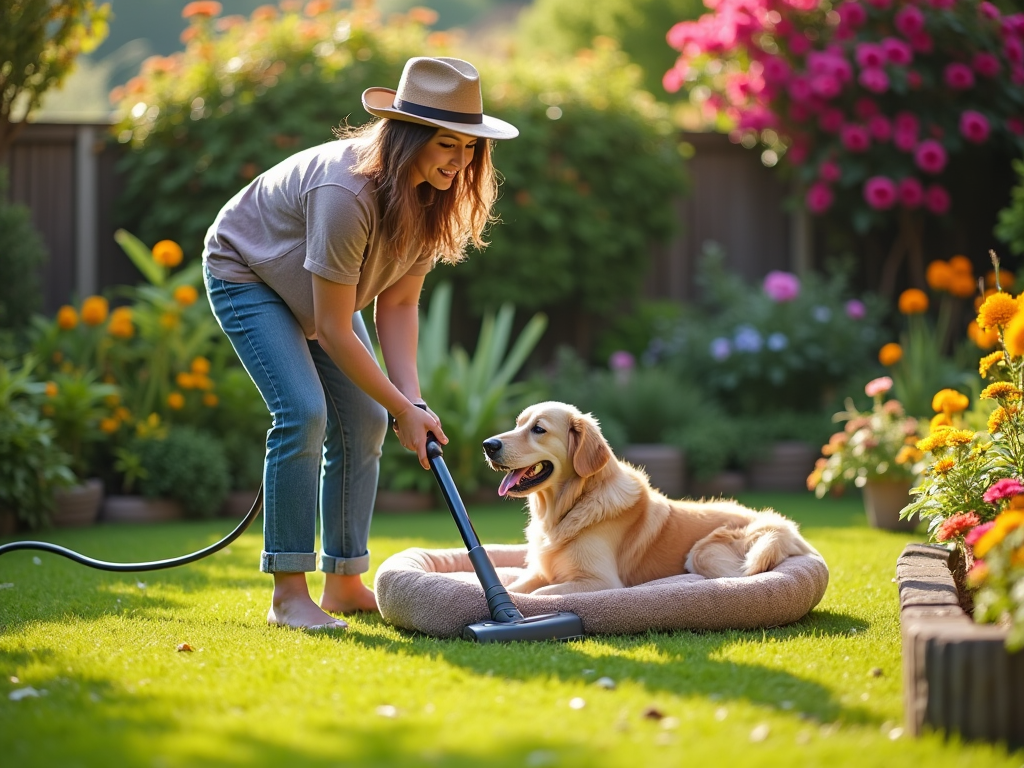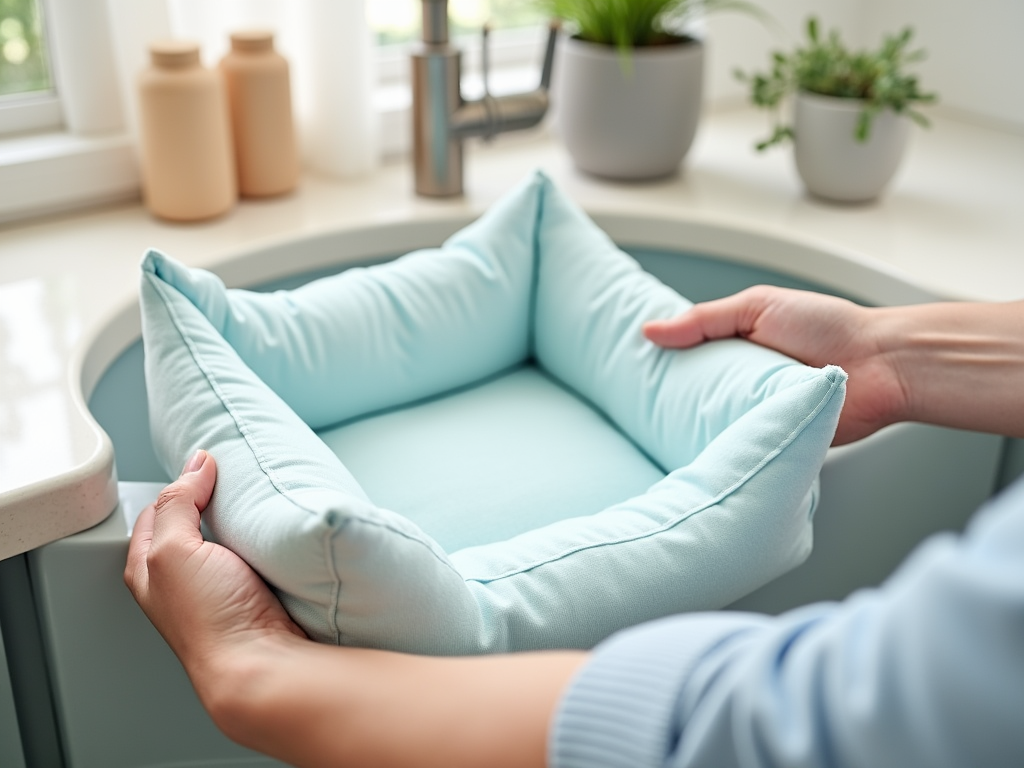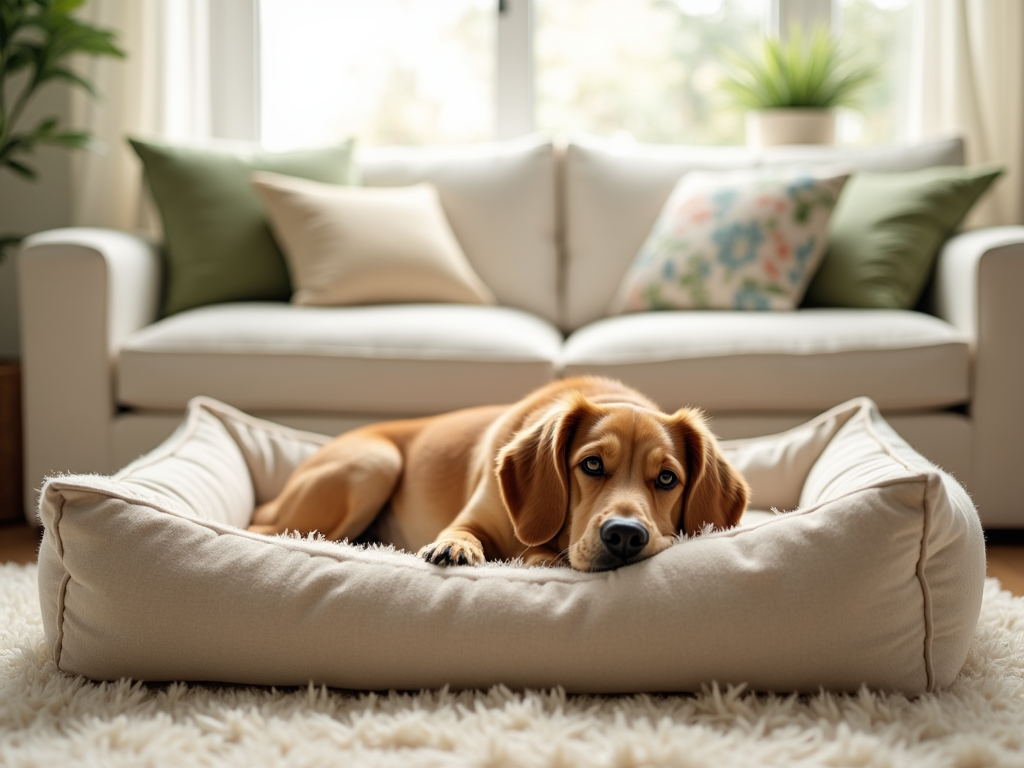Every furry companion deserves a cozy and clean place to rest. Regular cleaning not only ensures a pleasant sleeping environment for your dog, but it also safeguards their health by minimizing allergens and germs. Over time, pet beds can accumulate dirt, hair, and unpleasant odors, making proper maintenance essential. In this article, we will explore effective methods to keep your dog’s bed fresh and inviting. From understanding the materials to the actual cleaning process, we aim to equip you with all the necessary information.
The materials of your dog bed play a vital role in determining the cleaning method. Some fabrics are more resilient than others, while certain structures may require gentle handling. Recognizing these characteristics is crucial for successful cleaning. Moreover, being aware of your dog’s habits and preferences can guide how often you should maintain their sleeping area. Through this comprehensive guide, you’ll find detailed steps, handy tips, and preventative measures that will help you ensure that your dog’s bed remains their favorite spot in the house!
Understanding the Materials

Before you embark on the cleaning journey, it’s beneficial to understand the materials used in your dog bed. Each type requires specific care to avoid damaging the fabric or filling. Here are some common materials you might encounter:
- Cotton: This fabric is generally machine-washable, making it easier to clean.
- Memory Foam: Requires special handling due to its sensitive composition.
- Synthetic Fabrics: These are often durable but can collect odors over time.
Steps to Clean a Dog Bed

Gather Your Supplies
Before starting the cleaning process, it’s essential to gather the necessary supplies. An organized approach will facilitate a smoother cleaning experience. Here’s a handy checklist of items you should have:
- Vacuum cleaner
- Mild detergent
- Baking soda
- Water
- Soft brush or sponge
- Optional: Odor eliminators or pet-safe disinfectants
Remove the Cover
If your dog bed features a removable cover, start by taking it off. Always check for any specific washing instructions provided by the manufacturer. While most covers can be machine-washed, following guidelines helps ensure longevity. If you have a non-removable bed, don’t worry—there are alternative methods to ensure thorough cleaning. Let’s move on to the vacuuming process, which prepares the surface for deeper cleaning.
Vacuum the Dog Bed
Next, use a vacuum cleaner to eliminate loose hair, dirt, and debris from the bed. Be diligent, as pet hair often hides in seams and crevices—those tight spaces are prime real estate for allergens and dust. Ensure you perform this step thoroughly to maximize effectiveness. Vacuuming regularly can prevent overwhelming dirt buildup, making the cleaning process less tedious. In looking after your dog’s bed, remember that not only is it about cleanliness, but it’s also about creating a healthier living space.
| Bed Type | Recommended Cleaning Method | Care Instructions |
|---|---|---|
| Removable Cover | Machine wash | Check care label; wash in cold water |
| Memory Foam | Spot clean | Use mild detergent; avoid soaking |
| Synthetic Fabric | Machine wash / Spot clean | Follow care label, air dry |
Wash the Bed
After vacuuming, it’s time for a deeper clean. Use a mild detergent mixed with water to spot clean any visible stains or odors. Gently scrub the affected areas using a soft brush or sponge. Remember, harsh scrubbing can cause damage. If your bed has a removable cover, toss it in the washing machine, and feel free to add baking soda for extra odor elimination. Choose a gentle cycle and cold water to keep the fabric in prime condition.
Drying Your Dog Bed
Drying is just as critical as cleaning. Wet beds can become a breeding ground for mold and mildew. Follow the care instructions on the label when machine drying; if air drying, place the bed in a well-ventilated area to ensure thorough drying. Try to avoid placing it in direct sunlight, as excessive heat can degrade some fabrics over time. Waiting until the bed is completely dry before replacing it will help maintain the high hygiene standard you aim for.
Prevention Tips
While cleaning is essential, being proactive about preventing dirt and odors can make your life easier. Here are some useful strategies to consider:
- Invest in a slipcover for your dog bed that can be frequently washed.
- Designate a special spot for your dog to help minimize dirt trailing in.
- Give your dog regular baths to reduce shedding and odor.
Conclusion
Taking care of your dog’s bed doesn’t have to be overwhelming. By following these straightforward steps and regularly maintaining it, you’ll be able to create a clean and comfortable sanctuary for your beloved pet. Remember that a clean bed contributes significantly to your dog’s overall well-being and happiness. A little effort can make a remarkable difference not only in your dog’s sleep quality but also in the air quality of your home.
Frequently Asked Questions
- How often should I clean my dog’s bed? It is recommended to clean your dog’s bed at least once a month, or more frequently if your dog sheds a lot or has allergies.
- What can I use to deodorize my dog’s bed? You can sprinkle baking soda on the bed and let it sit for a few hours before vacuuming it up. Additionally, pet-safe odor eliminators can be used.
- Can I use bleach to clean my dog bed? It is best to avoid bleach, as it can be harmful to pets and may damage the fabric of the bed. Stick to mild detergents instead.
- Is it safe to wash a dog bed in a washing machine? Most dog bed covers are machine washable. Ensure to check the label for specific washing instructions. Non-removable beds may require hand cleaning.
- What if my dog’s bed doesn’t have a removable cover? You can spot clean it with a soft brush, mild detergent, and a damp cloth, or consider purchasing machine-washable beds for easier maintenance.


